
CE Testing Lab in China
JJR is a CE certification testing laboratory based in China. We are accredited with IEC 17025 and recognized as a CE-approved laboratory. Located in China, we offer lower testing costs, which can help you save 30% on certification testing fees. Please provide your product specifications to receive a quote.
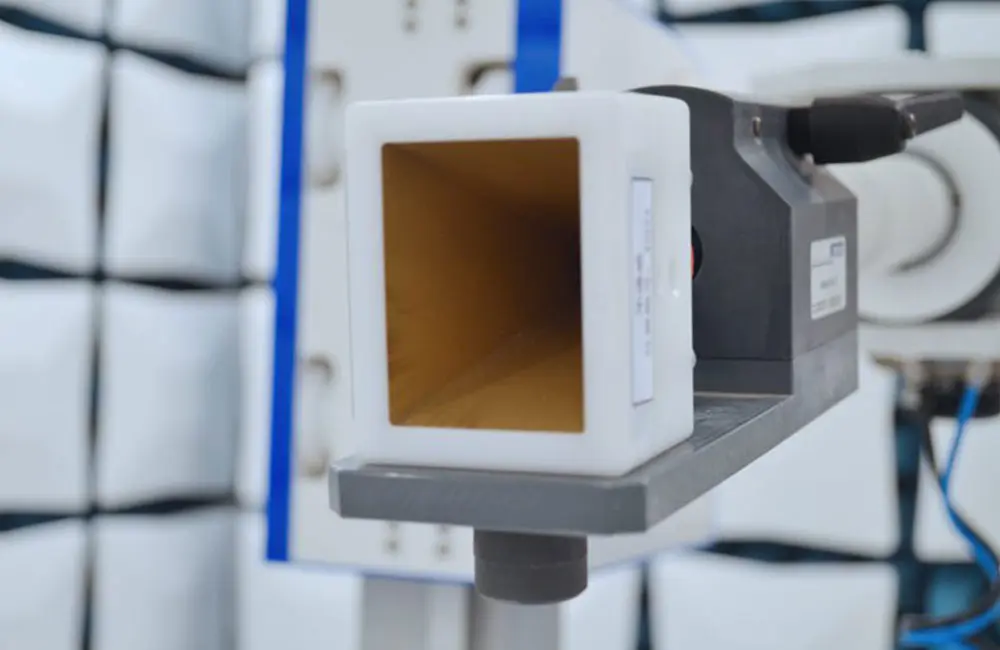
CE is the abbreviation of the French "Communate Europpene", which means European Community, or EU for short. The CE mark is a legally mandatory mark in the EU market. Whether it is a product produced by an EU company or a product produced in other countries, if it wants to circulate freely in the EU market, it must be affixed with the CE mark to indicate that the product complies with the basic requirements of the EU's "New Approach to technical harmonization and standardization" directive.
Products without the CE mark shall not be put on the market. Products that have already been affixed with the CE mark and entered the market, if found not to meet safety requirements, shall be ordered to be withdrawn from the market. Those who continue to violate the provisions of the directive on CE marking will be restricted or banned from entering the EU market or forced to withdraw from the market.
CE certification basic information
Is it mandatory: mandatory + self-declared
Certificate validity period: No validity period
Factory inspection requirements: No requirements
Certificate holder requirements: No requirements
Technical information: Voltage frequency AC 230V, 50Hz /60Hz, plug European standard CEE 7/7 & 7/16 or national standards
CE compulsory certification and CE self-declaration instructions
For most products, the manufacturer can affix the CE mark by making a self-declaration of conformity; some products with relatively higher risks need to undergo a conformity assessment by a third-party organization authorized by the EU, namely a Notified Body, before they can be affixed with the CE mark.
CE Applicable regions
CE certification can be used in 33 special economic zones in Europe, including 27 EU countries, 4 countries in the European Free Trade Zone, as well as the United Kingdom and Turkey. Products with CE marking can be freely circulated in the European Economic Area (EEA).
The specific list of 27 EU countries is: Belgium, Bulgaria, Czech Republic, Denmark, Germany, Estonia, Ireland, Greece, Spain, France, Croatia, Italy, Cyprus, Latvia, Lithuania, Luxembourg, Hungary, Malta, Netherlands, Austria, Poland, Portugal, Romania, Slovenia, Slovakia, Finland and Sweden.
Note 1: EFTA includes four member states (Iceland, Norway, Switzerland and Liechtenstein), but the CE mark is not mandatory in Switzerland;
Note 2: Due to the colonial era, CE certification is widely used and highly recognized worldwide. Some countries in Africa, Southeast Asia, and Central Asia may also accept CE certification.
Note 3: Brexit.
CE Marking
The CE conformity mark must be visibly, legibly and indelibly affixed to the label. The various components of the CE marking must have substantially the same vertical dimension, which may not be less than 5 mm.
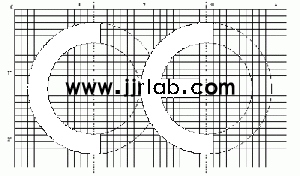
The CE marking shall be affixed by the manufacturer or his authorized representative established within the European Community to one of the following:
The device itself
Package
Instructions for use
Guarantee
What is CE?
Origin of the word CE is the abbreviation of the French word Conformité Européenne, which means European Conformity in English. "European Conformity is the European Community. It was originally abbreviated as EC using the English phrase EUROPEAN COMMUNITY. Later, because the European Community is COMMUNATE EUROPEIA in French, COMUNITA EUROPEA in Italian, COMUNIDADE EUROPEIA in Portuguese, and COMUNIDADE EUROPE in Spanish, EC was changed to CE. Of course, CE can also be regarded as CONFORMITY WITH EUROPEAN (DEMAND) (Conformity with European (requirements)). The CE mark is a safety mark rather than a quality mark .
In the EU market, the "CE" mark is a compulsory certification mark. Whether it is a product produced by an EU company or a product produced in other countries, if it wants to circulate freely in the EU market, it must be affixed with the "CE" mark to indicate that the product complies with the basic requirements of the EU's "New Approach to Technical Harmonization and Standardization" directive.
Products must meet all necessary directive requirements that apply to them in order to be CE marked, indicating that all European directive requirements have been met before entering the EU.
Terminology and Glossary
EC - EUROPEAN COMMISSION
CENELEC : European Committee for Electrotechnical Standardization, European Committee for Electrotechnical Standardization.
ETSI : European Telecommunications Standards Institute (ETSI) is a non-profit telecommunications standardization organization established by the European Commission in 1988, with its headquarters in Nice, southern France. ETSI's standardization areas are mainly in the telecommunications industry, and involve information and broadcast technology in cooperation with other organizations. As a telecommunications standards association recognized by CEN (European Standards Association) and CEPT (European Conference of Postal and Telecommunications Administrations), ETSI's recommended standards are often adopted by the European Community as the technical basis for European regulations and are required to be implemented.
CEN : European Committee for Standardization (Comité Européen de Normalisation, French abbreviation: CEN), founded in 1961, is headquartered in Brussels, Belgium. It is a non-profit international standardization scientific and technical organization mainly composed of national standardization organizations in Western European countries. It is one of the three major standardization organizations in Europe.
Its purpose is to promote standardization collaboration among member states and to develop European standards (EN, except for the electrical industry) and coordination documents (HD) needed in the region. CEN, together with CENELEC and ETSI, forms the Information Technology Steering Committee (ITSTC) to develop functional standards for the interconnected open systems (OSI) in the information field.
CEN/CENELEC : The European standardization organization jointly established by CENELEC, CEN and their joint organizations is the most important standard-setting organization in Europe.
OJ : It stands for Official Journal of the European Union.
verification method
Declaration of Conformity (DOC), Declaration of conformity / Declaration of compliance issued by the enterprise itself. This certificate is a self-declaration. If you claim that your product complies with the requirements of relevant EU directives, you can use the EU format enterprise Declaration of Conformity instead.
Certificate of compliance / Certificate of compliance "Certificate of Compliance", this is a declaration of conformity issued by a third-party organization (agent or testing and certification body), which must be accompanied by technical information TCF such as test reports, and the company must also sign the "Declaration of Conformity".
EC Attestation of conformity is a certificate issued by the EU Notified Body (NB). According to EU regulations, only NB is qualified to issue the EC Type CE declaration.
Applicable product range
If you want to understand the product scope of CE, you must understand the NLF regulations of CE certification. NLF stipulates that products within its scope need to be ce certified. The new EU legislative framework NLF currently has 22 directives, which are as follows:
1. Toy Safety - Directive 2009/48/EU
2. Mobile pressure equipment - Directive 2010/35/EU
3. Restriction of Hazardous Substances in Electrical and Electronic Equipment - Directive 2011/65/EU
4. Construction products - Regulation (EU) No. 305/2011
5. Pyrotechnic products - Directive 2013/29/EU
6. Recreational boats and personal watercraft - Directive 2013/53/EU
7. Civilian explosives - Directive 2014/28/EU
8. Simple pressure vessels - Directive 2014/29/EU
9. Electromagnetic compatibility - Directive 2014/30/EU
10. Non-automatic weighing instruments - Directive 2014/31/EU
11. Measuring instruments - Directive 2014/32/EU
12. Lifts - Directive 2014/33/EU
13. Equipment and protective systems for potentially explosive atmospheres - Directive 2014/34/EU
14. Radio Equipment - Directive 2014/53/EU
15. Low Voltage - Directive 2014/35/EU
16. Pressure Equipment - Directive 2014/68/EU
17. Marine equipment - Directive 2014/90/EU
18. Cableway installations - Regulation (EU) 2016/424
19. Personal protective equipment - Regulation 2016/425
20. Gas appliances - Regulation (EU) 2016/426
21. Medical devices - Regulation 2017/745
22. In vitro diagnostic medical devices, Regulation (EU) 2017/746
Note: NLF refers to the new EU legislative framework. The full name is "New Legislative Framework". It is the EU's regulations to strengthen the market supervision framework and accreditation system for products. The "New Legislative Framework" was passed in 2008. In addition to the unified definition of relevant concepts in the original New Approach Directive system, it also made specific provisions on national accreditation bodies and accreditation systems, the EC market supervision framework, product market access control, general rules for the use of logos, and EC funding.
After being familiar with the regulatory framework, we can then classify the corresponding products. The scope of CE certification is very wide. Generally speaking, most products exported to the EU require CE certification. For electronic products and toys exported to Europe, CE certification is mandatory, such as:
Power supply: communication power supply, charger, display power supply, LCD power supply, UPS, etc.;
Lighting: chandeliers, track lights, garden lights, portable lights, downlights, light strings, table lamps, grille lights, aquarium lights, street lights, energy-saving lamps, T8 lamp tubes, etc.
Household appliances: fans, electric kettles, stereos, televisions, mice, vacuum cleaners, etc.;
Electronics: earplugs, routers, mobile phone batteries, laser pointers, vibrators, etc.;
Communication products: telephones, wired and wireless phones, fax machines, answering machines, modems, data interface cards and other communication products.
Wireless products: Bluetooth BT products, wireless keyboards, wireless mice, wireless readers, wireless transceivers, wireless microphones, remote controls, wireless network devices, wireless image transmission systems and other low-power wireless products;
Wireless communication: 2G mobile phone, 3G mobile phone, 3.5G mobile phone, DECT mobile phone (1.8G, 1.9G frequency band), etc.
Machinery: gasoline engines, electric welding machines, CNC drilling machines, tool grinders, lawn mowers, washing equipment, bulldozers, lifts, punching machines, dishwashers, water treatment equipment, gasoline welding machines, printing machinery, woodworking machinery, rotary drilling rigs, mowers, snow blowers, excavators, printing presses, printers, cutting machines, road rollers, trowels, brush cutters, hair straighteners, food machinery, lawn mowers, etc.
Medical devices and toys, etc.
Common electronic and electrical products include
low voltage directive: Home appliances, IT/AV products, lighting products, etc.
Electromagnetic compatibility directive: household appliances, IT/AV products, lighting products, etc.
Machinery Directive: All products related
Radio Frequency and Communication Terminal Equipment Directive: Wireless or Communication Terminal Products
application process
The applicant company fills in the application form and provides information, application form, product manual and technical documents.
The organization evaluates the CE certification inspection standards and CE certification inspection items and provides quotations.
The applicant company confirms the project and sends samples.
The laboratory arranges product testing and reviews and evaluates the completeness of technical documents.
After the product test meets the requirements, the product test report or technical construction documents will be provided to the applicant company, and the ce certificate will be issued after the test passes.
The applicant company signs the CE assurance self-declaration and affixes the CE mark on the product.
Application Materials
The name and address of the manufacturer (eu authorized representative (EU Authorized Agent)), the name and model of the product, etc.;
Instruction Manual;
Safety design documents (including key structural drawings, i.e. design drawings that reflect creepage distance, clearance, number and thickness of insulation layers);
Product technical conditions (or enterprise standards), establish technical data;
Product electrical schematics, block diagrams, circuit diagrams, etc.;
List of key components or raw materials (please choose products with European certification marks);
Testing Report;
Relevant certificates issued by the EU authorized certification body NB (for modes other than mode A);
The product registration certificate in the EU (for some products such as Class I medical devices, ordinary IVD in vitro diagnostic medical devices);
CE Declaration of Conformity (DOC);
The significance of CE certification
1. The necessity of applying for CE certification, which is required for products exported to Europe.
CE certification is a pass for products to enter the markets of the European Union and European Free Trade Area countries.
CE certification means that the product has met the safety requirements stipulated by EU directives;
CE certification is a commitment made by an enterprise to consumers, which increases consumers' trust in the products; products with the CE mark will reduce the risks of being sold in the European market.
2. Benefits of applying for CE certification
The laws, regulations and harmonized standards of the EU are not only numerous but also very complex in content. Therefore, obtaining the help of the EU designated agency is a wise move that saves time, effort and reduces risks.
Obtaining the CE certification from the EU designated agency can gain the trust of consumers and market supervision agencies to the greatest extent;
It can effectively prevent the occurrence of irresponsible accusations and will become technical evidence with legal effect.
What does CE include?
LVD: Low Voltage Directive, the scope of application of the directive is electrical products with a voltage between 50V and 1000V for AC and 75V and 1500V for DC. The goal of LVD is to ensure the safety of low voltage equipment when in use.
EMC: Electro Magnetic Compatibility refers to the ability of a device or system to operate in accordance with requirements in its electromagnetic environment and not cause intolerable electromagnetic interference to any device in its environment.
EMC includes two aspects of requirements
It means that the electromagnetic interference generated by the equipment to the environment during normal operation cannot exceed a certain limit, which is called EMI.
The surface refers to the degree of immunity of the equipment to the electromagnetic interference in the environment, that is, electromagnetic susceptibility, called EMS.
RoHS: Restriction of Hazardous Substances, the full name is "Directive on the restriction of the use of certain hazardous substances in electrical and electronic equipment", a mandatory standard established by EU legislation.
ErP: Energy-related Products, sets minimum performance and energy consumption requirements for products, and requires manufacturers and importers to evaluate the environmental impact factors of the product throughout its life cycle and optimize the design based on the evaluation results to achieve the goal of improving the environmental impact of the product.
RED, CE directive for wireless communication products, Radio Equipment Directive, that is, Radio Equipment Directive.
European CE-emc certification Electromagnetic Compatibility (EMC) Directive 2014/30/EU, all compliant electronic and electrical products must comply with the corresponding European electromagnetic compatibility standards.
European CE-RED Certification Radio Equipment Directive (RED) Directive 2014/53/EU, all compliant electronic and electrical products must comply with the corresponding European Telecommunications Union radio frequency standards.
European CE-lvd certification Low voltage (LVD) Directive 2014/35/EU, all compliant electronic and electrical products must comply with the corresponding European safety standards.
Harmonized standards
A harmonized standard is a European standard developed by a recognized European standards organization: CEN, CENELEC or ETSI. It is created after a request from the European Commission to one of these organizations. Harmonized standards can be used by manufacturers, other economic operators or conformity assessment bodies to demonstrate that products, services or processes comply with the relevant EU regulations. References to harmonized standards must be published in the Official Journal of the European Union. For an up-to-date list of references to harmonized standards and other European standards published in the Official Journal of the European Union (OJEU) visit the official EU harmonized standards website .
Accessibility
Websites and mobile applications of public sector bodies
Chemicals
Chemical substances (REACH)
Explosives for civil uses
Pyrotechnic articles
Conformity assessment and management systems
New Legislative Framework (NLF) and Eco-Management and Audit Scheme (EMAS)
Construction
Construction products (CPD/CPR)
Consumers and workers protection
Cosmetics products
General product safety
Personal protective equipment (PPE)
Toys safety
Energy efficiency
Ecodesign and energy labelling
Electric and electronic engineering
Electromagnetic compatibility (EMC)
Equipment for explosive atmospheres (ATEX)
Low Voltage (LVD)
Radio Equipment (RED)
Restriction of the use of certain hazardous substances (RoHS)
Healthcare engineering
Active implantable medical devices
In vitro diagnostic medical devices
Medical devices (MDD)
Measuring technology
Measuring instruments (MID)
Non-automatic weighing instruments (NAWI)
Mechanical engineering and means of transport
Cableway installations designed to carry persons
Equipment for explosive atmospheres (ATEX)
Gas appliances (GAR)
Inspection of pesticide application equipment
Lifts
Machinery (MD)
Pressure equipment (PED)
Rail system: interoperability
Recreational craft and personal watercraft
Simple Pressure Vessels (SPVD)
Services
Community postal services
Sustainability
Packaging and packaging waste
Directive 2014/30/EU (EMC Directive)
European EMC Electromagnetic Compatibility Directive
Directive 2014/30/EU
Directive 2014/53/EU (RED Directive)
European RED Radio Directive
Directive 2014/53/EU
Directive 2014/35/EU (LVD Directive)
European LVD Low Voltage Directive
Directive 2014/35/EU
Directive 2011/65/EU (RoHS Directive)
RoHS directive, restricting the use of certain hazardous substances
Directive 2011/65/EU
Short_Range_Devices
Short Range Devices
ce certification costs
The cost of CE certification mainly depends on the product and the chosen certification body. Additionally, whether the certification is expedited will also affect the quotation.
Aside from the varying quotes from different certification bodies, the cost is also related to the product itself. For instance, standard non-RF products only require emc testing. Wireless products (such as Bluetooth, WIFI, 4G, etc.) require extensive radio and telecommunications directive testing in addition to EMC, which significantly increases the cost.
Typical CE Certification Costs for Electronic Products:
- Standard low voltage products: Lower fees.
- Standard high voltage products: Around $700.
- Wireless products: Higher fees, typically ranging from $800 to $2000.
CE Certification Processing Time for Electronic Products:
- Standard products: 7-10 working days.
- Wireless products: Approximately 3 weeks.
Email:hello@jjrlab.com
Write your message here and send it to us
 Infant Support Pillow 16 CFR 1243/1242 & ASTM
Infant Support Pillow 16 CFR 1243/1242 & ASTM
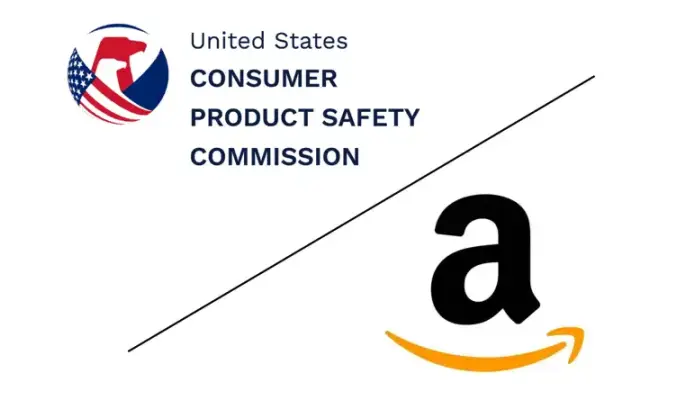 BRM Registration Card Under CFR Part 1130 Regulati
BRM Registration Card Under CFR Part 1130 Regulati
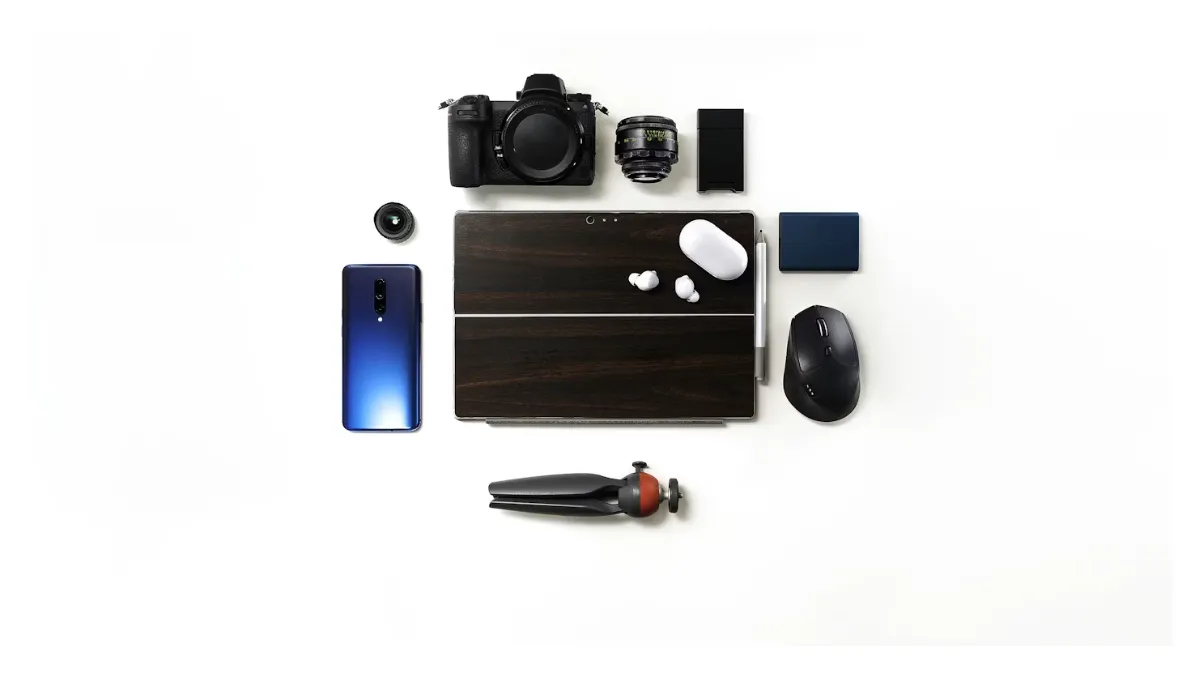 How to get a D-U-N-S® Number for US FDA Registrati
How to get a D-U-N-S® Number for US FDA Registrati
 Household Massage Devices Compliance in the China
Household Massage Devices Compliance in the China
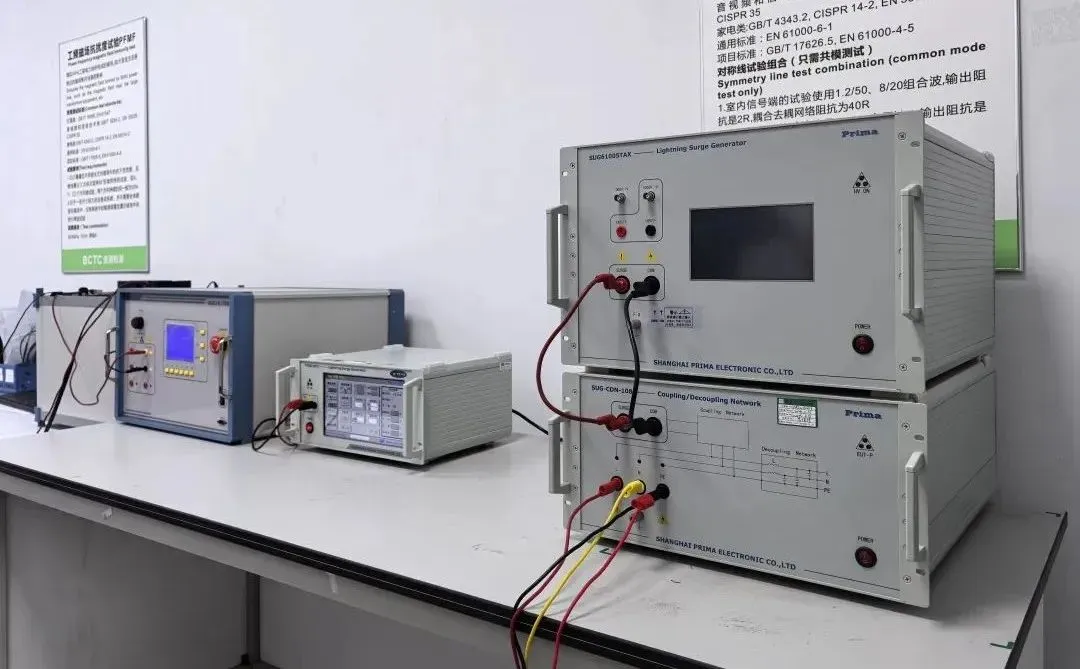 Compliance for the Global In Vitro Diagnostic (IVD
Compliance for the Global In Vitro Diagnostic (IVD
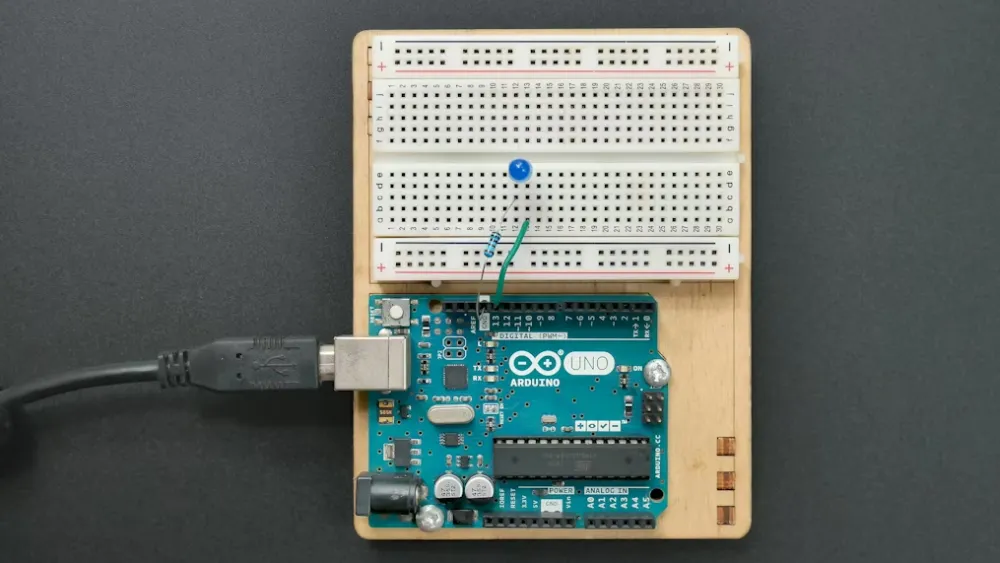 Compliance Guide for Nebulizers in European and Am
Compliance Guide for Nebulizers in European and Am
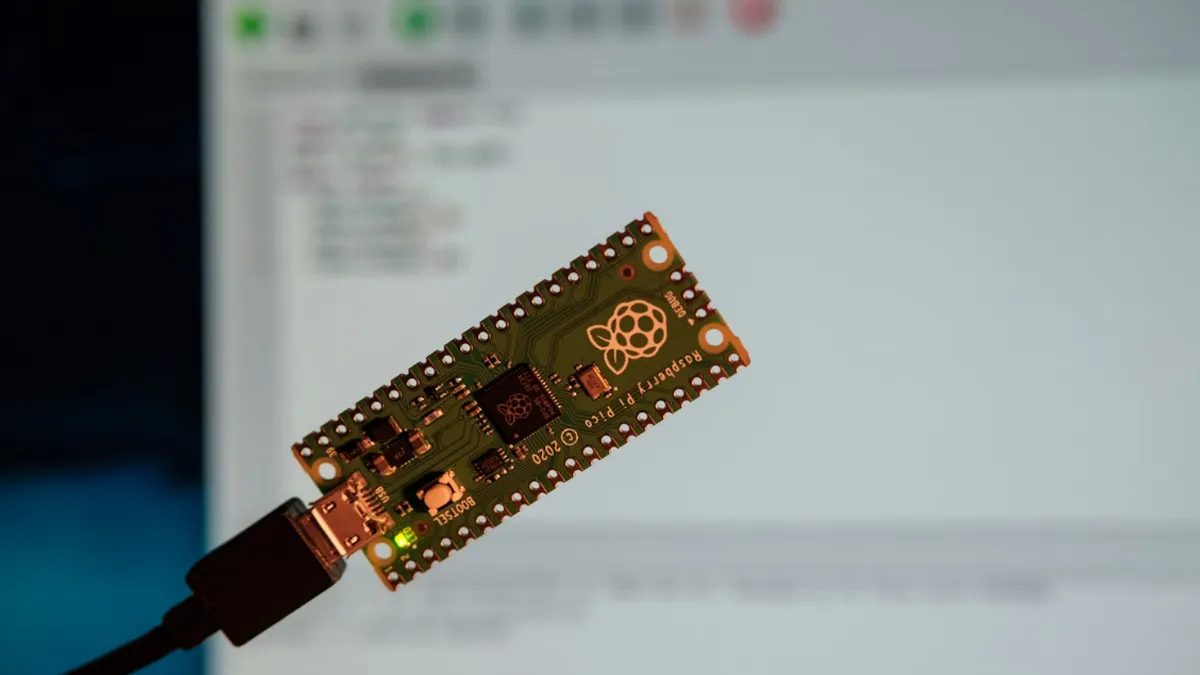 Cybersecurity Certification Service for EU RED Dir
Cybersecurity Certification Service for EU RED Dir
 ANATEL Certification Compliance Guide for Brazil M
ANATEL Certification Compliance Guide for Brazil M
Leave us a message
24-hour online customer service at any time to respond, so that you worry!




